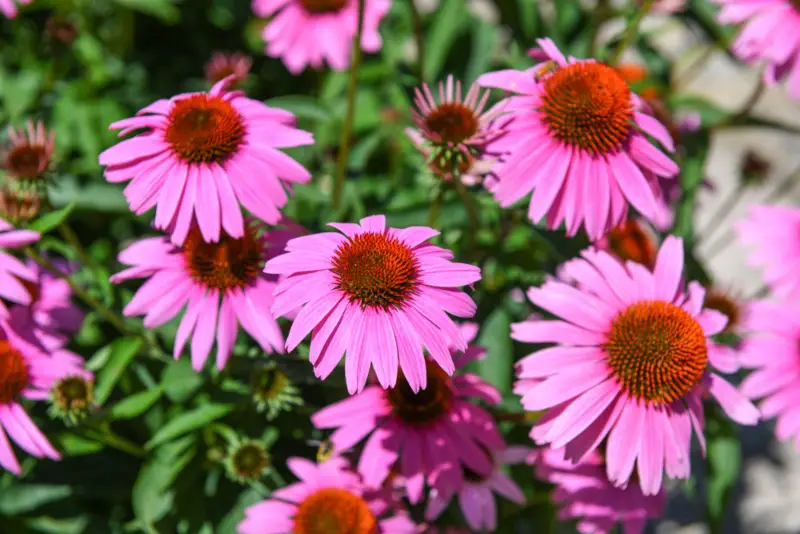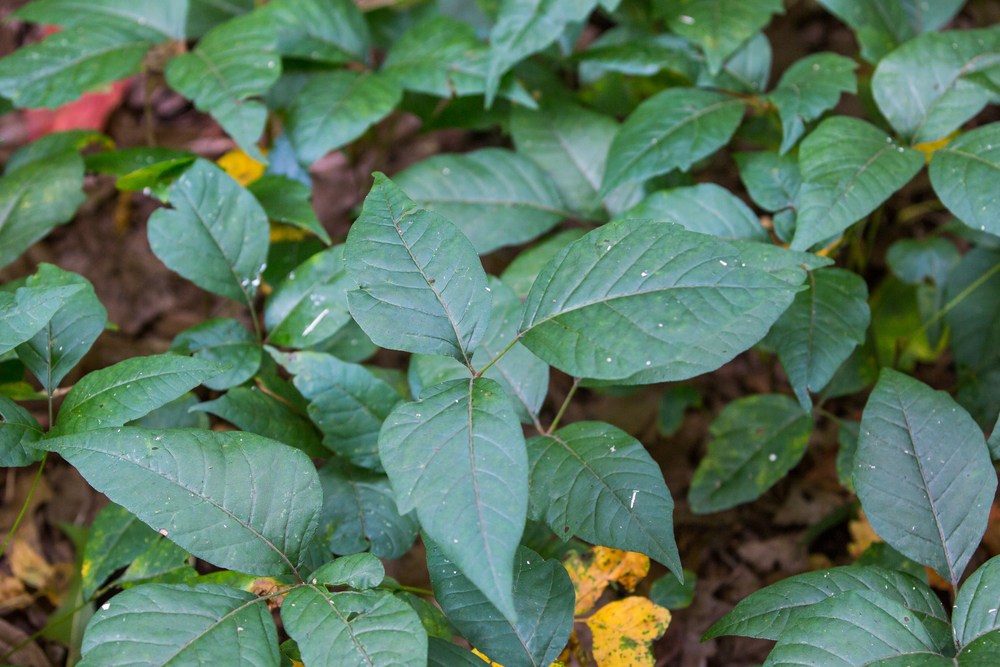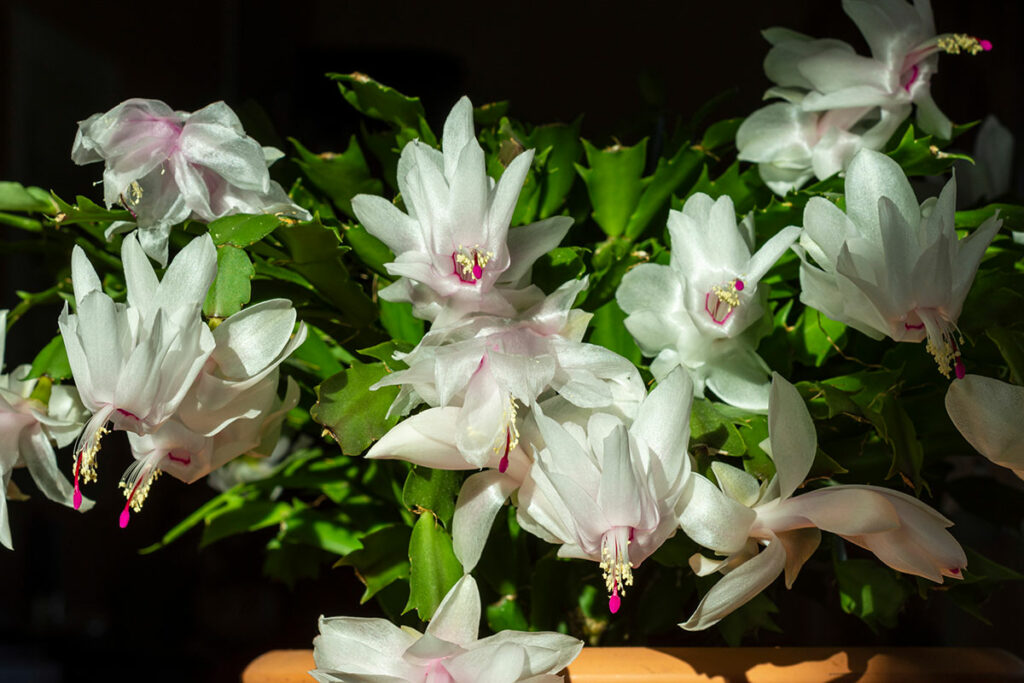
As the summer season draws to a close, gardeners everywhere prepare to give their gardens some much-needed attention before winter. One crucial task during this transition period is pruning and cutting back certain plants to promote healthy growth for the coming spring.
In this article, we explore 10 plants that should be cut back during the month of October.
Garden maintenance in the fall serves several purposes, including the rejuvenation of plants, prevention of diseases, and overall improvement of a garden’s aesthetics. Focusing on the right plants at this time of year can make a significant difference in the vitality and appearance of your garden in the months to follow.
The following list of 10 plants to cut back in October are carefully selected based on their growth cycles and adaptability to the changing weather. Whether you’re new to gardening or a seasoned professional, these guidelines will ensure that you nurture your plants in the best possible way during this critical time.
10 Plants to Cut Back in October
Black-Eyed Susans

Black-Eyed Susans can be cut back to promote a cleaner and healthier garden. Remove spent flowers and trim back any dead or dying stems to encourage new growth.
Peonies

To prevent diseases, it is essential to cut back peonies. Remove all foliage right above ground level and discard the clippings to reduce the risk of spreading any plant diseases.
Coneflowers

Give coneflowers a neater appearance by trimming away spent blooms. You can also cut back any dead or sprawling stems to make way for new growth next season.
Hostas

Hostas benefit from being cut back in October. Remove any leaves that have turned yellow or brown, and trim back flower stalks to keep the plant healthy.
Daylilies

Daylilies can be trimmed back after they have finished blooming. Remove the old flowering stems and cut back any damaged or yellowing foliage to promote better plant health.
Hydrangeas

Prune spent blooms from hydrangeas to encourage new growth. It’s best to avoid cutting back stems that have not produced flowers, as these will provide blooms in the upcoming season.
Bee Balms

Trimming back bee balms promotes healthy growth and reduces the risk of disease. Remove dead or damaged foliage and cut back spent flower heads to encourage continued blooming.
Irises

Keep irises looking tidy by removing spent blooms and cutting back yellowing leaves. This will promote better plant health and encourage new growth.
Roses

In October, it is essential to remove any remaining dead or damaged rose stems. Lightly prune back any remaining foliage to keep the plant healthy and encourage new growth for next year.
Phlox

Phlox can be cut back after flowering to promote healthy plant growth. Remove old or damaged stems and trim back spent flower heads to encourage a flush of fresh growth.
When to Cut Back Plants
Knowing when to cut back plants is essential for maintaining a healthy and attractive garden. In general, October is an ideal time for trimming back many plants, as it marks the transition from summer to fall. Cutting back plants during this time can help to rejuvenate them and promote new growth for the following season.
There are several factors that can influence the optimal time for cutting back plants. One important consideration is the plant’s hardiness. Some plants may be more sensitive to colder temperatures, so it is best to cut them back earlier in the month to avoid frost damage. Other plants, like ornamental grasses, may benefit from being left untrimmed until late fall or early winter.
Another factor to consider is the plant’s blooming period. Plants that bloom in spring or early summer usually benefit from being cut back in October, as their flowers have already faded. This can encourage a second flush of blooms in the fall, depending on the specific plant species. On the other hand, plants that bloom later in the summer or fall may need to be trimmed in early to mid-October, after their flowers have withered.
When cutting back plants, it is important to use sharp, clean pruning tools to prevent the spread of diseases and ensure healthy cuts. Be sure to remove any dead or damaged branches, as well as any spent blooms, to improve air circulation and reduce the risk of pests and diseases. It is also crucial to leave enough healthy foliage to support the plant’s growth, as cutting back too severely can weaken or harm the plant.

In summary, October is a great time to cut back many plants to promote new growth and maintain a healthy garden. Be attentive to factors like plant hardiness, blooming period, and proper pruning techniques to ensure success. A well-maintained, trimmed garden can provide beautiful aesthetic appeal and enjoyment for years to come.
Benefits of Cutting Back
Cutting back plants in October comes with various advantages. For starters, pruning helps promote the overall health and vigor of plants. By removing dead, damaged, or diseased branches and leaves, gardeners create a cleaner environment that reduces the risk of disease and pest infestation. This action additionally alleviates stress on plants, allowing them to focus their energy on producing new, healthy growth.
Another benefit is that cutting back can improve the appearance of plants. Overgrown plants may look messy or detract from the overall aesthetic of a garden. By shaping and tidying up plants through pruning, a more visually appealing landscape can be achieved. Moreover, this process encourages plants to produce more flowers, resulting in a vibrant and flourishing garden.
Furthermore, cutting back plants is essential for maintaining their size and preventing them from becoming invasive. Some plants can grow rapidly and, if left unchecked, may take over a garden or encroach on neighboring flora. Regular pruning in October ensures that plants remain within their designated spaces, contributing to a neater and more organized garden.
Lastly, cutting back plants can also increase safety. Overgrown plants may obstruct walkways, cause property damage, or even create hazards such as falling branches. By regularly trimming back plants, these potential risks can be mitigated, ensuring a safer environment for everyone.













